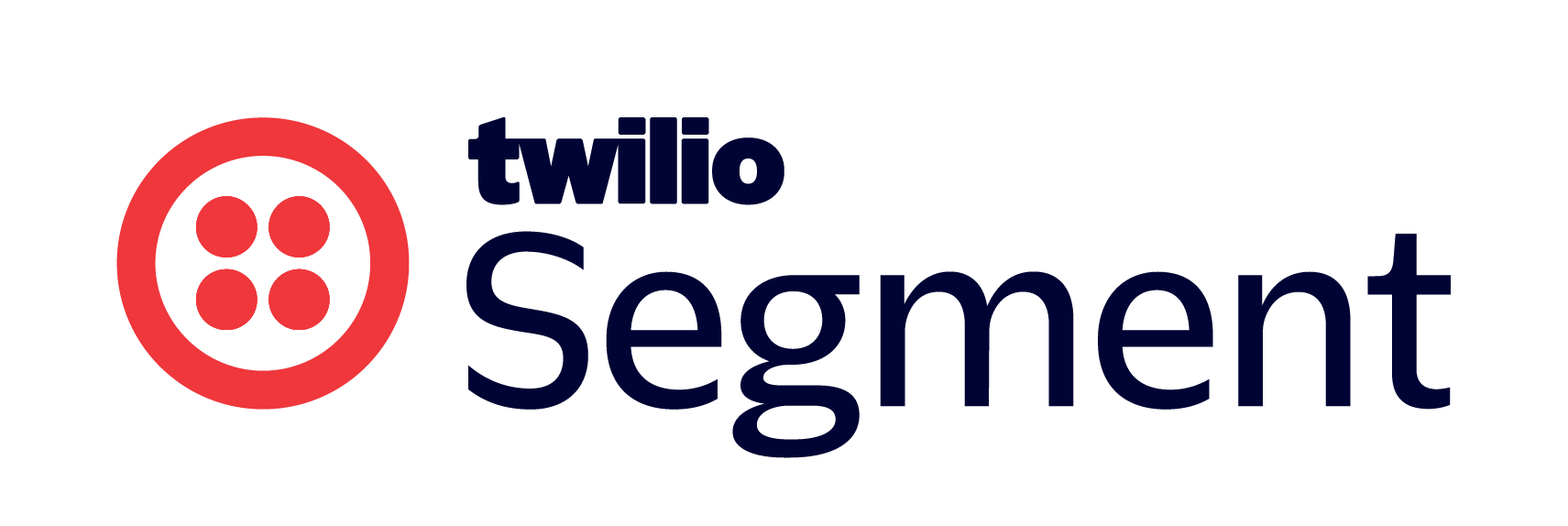How to build a high-value churn mitigation campaign
Objective
The goal of this use case is to reduce churn by identifying and engaging high-value customers who may be at risk of leaving. By using real-time data to track user behaviors that signal disengagement or dissatisfaction, you can trigger targeted campaigns to re-engage these customers before they churn.
Desired Outcome
To identify high-value customers showing signs of disengagement, target them with personalized re-engagement strategies, and ultimately reduce the churn rate.
Step 1: Define the Churn Risk Criteria
The first step is to define what behaviors or lack thereof indicate that a high-value customer is at risk of churning. These behaviors may include:
- Reduced usage of your product or service.
- Long gaps between logins or purchases.
- Negative feedback through support tickets or surveys.
- Cancellation attempts or downgrades in subscription level.
To identify these risk factors, you need to establish specific thresholds that indicate churn risk for high-value customers, such as "inactive for 30 days" or "submitted 2+ support tickets in the last 7 days."
Step 2: Set Up Website as a Source for Event Tracking
Sign Up or Log In to Segment
First, access the Segment platform by signing up or logging into your existing account.
Create a Source for company website
A source in Segment acts as the origin of data you collect, such as user interactions on the website.
- In your Segment workspace, navigate to the Sources section.
- Click the Add Source button.
- From the catalog of sources, select JavaScript (for websites).
- Provide a name for the source, e.g., "Company Website - Dev/Prod".
- Optionally, add labels for organization.
- Enter the website URL.
- Click Create Source button
Install the Segment Snippet
After creating a source, Segment will provide a JavaScript snippet.
- Copy the JavaScript snippet provided by Segment.
- Paste this snippet into the <head> tag of every page on the website you wish to track.
Step 3: Track Key Events for Churn Mitigation
To mitigate churn, it’s essential to track user behaviors that signal both engagement and disengagement. Focus on tracking events that help you identify both positive and negative trends in customer interactions. Key events include:
Product Usage
Track important interactions that indicate product engagement, such as "Feature Used," "Session Started," or "Item Purchased."
Subscription Changes
Track events such as "Subscription Downgraded" or "Plan Canceled" to quickly flag users who may be considering leaving.
Support Tickets or Feedback
Track events related to customer support, such as "Ticket Submitted" or "Negative Survey Response," which may indicate dissatisfaction.
Identify High-Value Customers
Use Identify calls to assign traits to high-value customers, such as “high_value: true”, based on their LTV, purchase frequency, or other relevant factors. These traits will help you focus your churn mitigation efforts on the most valuable users.
Step 4: Track Events
Events are user actions you want to track, such as page views or button clicks. In order to build the funnels needed for a high-value churn campaign, you'll need to track one key event: ''Order Completed'.
- Order Completed: Manually add this event to your site (See V2 Ecommerce spec).
*It should be noted that this is typical of an eCommerce business model and that the suggestions outlined above can be tailored for your particular industry.*
'Order Completed' triggers an Identify call because this event allows you to tie a user to their actions and record traits about them. This can further be used for personalized messaging in your timed-out suppression campaign.
Only Identify calls can add and update user traits to a profile. For connections-only customers, the Identify event can still be mapped to downstream destinations to create/update user profiles.
Step 5: Add Destinations for Engagement Campaigns
Once your key events are tracked, the next step is to send this data to destinations where you can take action to re-engage users at risk of churning. Some common destinations include:
Email Platforms (e.g., SendGrid, HubSpot)
Use email to send personalized re-engagement offers or reminders to high-value customers who are showing signs of disengagement.
Customer Support Tools (e.g., Zendesk, Intercom)
Automatically create tickets or send alerts to customer success teams when a high-value user meets your churn risk criteria.
Advertising Platforms (e.g., Facebook Ads, Google Ads)
Retarget at-risk customers with special offers or ads designed to bring them back to your platform.
SMS/Push Notification Services (e.g., Twilio, Braze)
Send time-sensitive alerts or offers directly to users’ mobile devices, reminding them of the value they’re missing out on.
Step 6: Test your setup
Ensure your data collection is configured correctly:
- Perform test signups on your development site.
- Check if the events are correctly recorded in your Segment debugger and analytics destination.
The Source Debugger is a tool that helps you confirm that API calls made from your website, mobile app, or servers arrive to your Segment Source, so you can troubleshoot your Segment setup even quicker.
Your data may not show up instantaneously and there may be a delay, but once the data is flowing, you are ready to move to the next step.
Step 7: Analyze and activate
With your data flowing correctly and events being tracked, you can now analyze user behavior and activate your churn mitigation campaigns.
Analyze Customer Engagement
Use the data you’ve collected to identify patterns that may predict churn. For example, customers who submit multiple support tickets in a short period of time or who haven’t logged in for over 30 days.
Deploy Targeted Re-Engagement Campaigns
Once high-value customers meet your churn risk criteria, automatically trigger personalized re-engagement campaigns. These campaigns could include:
- Special offers or discounts.
- Personalized recommendations based on past behavior.
- Invitations to exclusive events or features.
Measure Impact
Monitor key metrics such as churn rate reduction, campaign engagement, and customer LTV to evaluate the effectiveness of your churn mitigation strategies.
Final Thoughts
By using real-time data and tailored engagement strategies, you can significantly reduce churn among high-value customers. The key is to identify churn risks early and intervene with relevant, personalized messaging before customers fully disengage. With Segment, you can automate these processes, ensuring that your most valuable customers remain engaged and loyal.
Want to discuss this topic with the community? Start a thread in our Discussion Forum.


